Over the years there have been countless articles about gadgets and gear for small format cameras and a few for large format users. The simplicity of a field camera often keeps us away from gadgets, especially electronic ones. So I am going to start my list of things I use in the field that help make shooting large format a bit more enjoyable.
- A good meter with spot and incident metering. I use the Sekonic L508 mostly as a spot meter but there are times when i am unsure whether to use average meter readings or if what I am measuring really matches up with the overall lighting. So it is nice to have both options. My meter also has a Flash mode which is handy if I ever do some table top work. The other things I like about the Sekonic meters are good battery life, adjustments to allow 1/2 or 1/3 stops, EV measuring mode, an average feature with delta displays, and 2 different iso presets which allow me to carry 100 and 400 speed films. If the battery should die, I usually have my cell phone with an app that is close enough for incident metering.
- Pan Tilt tripod head. For years I have used heavy duty ball heads with big lenses and heavy DSLR setups, so naturally thought it would be adequate for 4×5. But after seeing some friends using the pan tilt heads I began to research them for my 4×5 field camera. I am now using the Manfrotto XPRO-3 head with quick release. The 405 and 410 heads are nice too but I like the simplicity, minimal weight, and features of the XPRO-3. I have been out in the field a couple of times now with this head and it makes leveling things and fine tilts much easier. A geared head would be overkill for me but studio photographers might want the extra fine controls.
- A lightweight tripod – I like my Bogen 3021 for stability but it is very heavy for hiking. I keep a big ball head on it too so it weighs about 9 pounds. I picked up a cheap-ish carbon fiber tripod that came with a terrible small ball head. I replaced the head with the XPRO-3 and now have a lightweight system that is not too heavy for hiking, even with my camera attached.
- Lens wraps – Unless you have an oversized backpack with lots of slots for lenses, packing 4-6 lenses with holders and other gear requires a bit of creativity. I have found that the simple lens wrap will protect your lenses from banging against each other and keep dust off the elements not protected with caps. Waterproofing spray adds a bit more protection.
- Reflex viewer – I resisted buying one of these for years thinking I didn’t need it. But my Chamonix camera has a fresnel lens over the ground glass so I can not always see the image fully especially if the camera is at an odd height or position. While surfing ebay I found a used Chamonix reflex viewer that was made for my camera and the used price was about half of the new ones. The reflex viewer attaches to the back of the camera and has a mirror that reflects the image from the ground glass into a lens. The viewer lens rotates so you can view from the side or top, in both landscape or portrait orientation. You could almost use this in place of a dark cloth, but to finely focus the ground glass you still need a dark cloth and loupe. My first impression of using this is positive and I think it will help me with fine tuning my framing and lens selection. The downside of using one of these is that they are bulky and take up a good bit of room in the backpack. I used a 4×5 mirror in the past to do similar viewing. There are collapsable viewers for certain systems and they may work for general use.
- Back pack for hiking. Finding the right backpack to carry all your stuff greatly enhances one experience in the field. My old pack is now at max capacity so has me thinking about going larger and about the support features as well as photographic equipment protection. My current setup holds 5 lenses, 6 holders, filters. loupe, meter, and cable release in the main bottom area. The top zippered compartment holds the camera, darkcloth, reflex viewer, trash bags, gloves and sometimes a small water/gatorade bottle. The exterior pockets hold a variety of tools, step rings, notebook, and other things I may need in the field. The design of my current bag is a bit heavy for the shoulders but is adequate for up to 5 mile hikes if I remember to use the waist belt. For my next pack I would like to be able to access everything when open, but zip it up and everything is held in tight and weight is properly distributed. It would be nice if I could attach the tripod too and not have to carry it. I am considering the F64 pack plus a couple of accessory pouches, or the Lowepro 450 series packs.
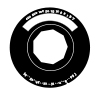
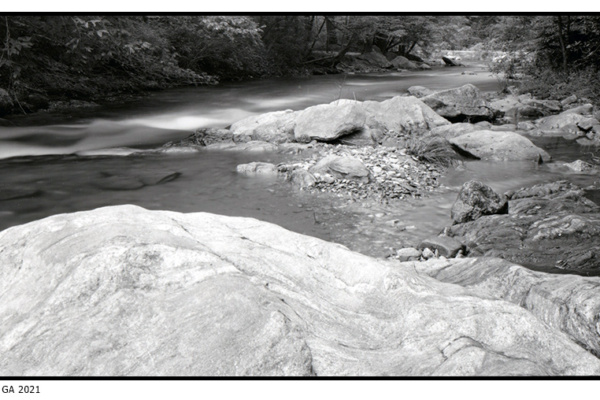
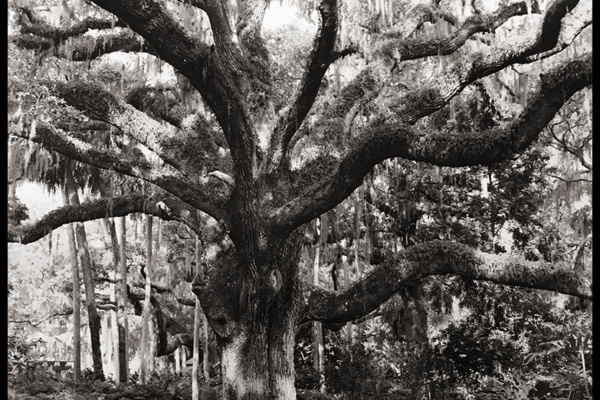
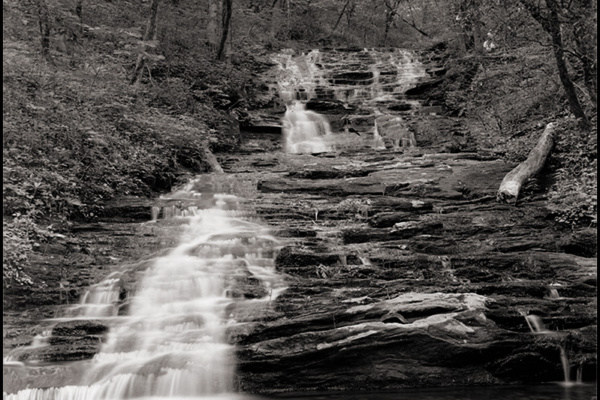
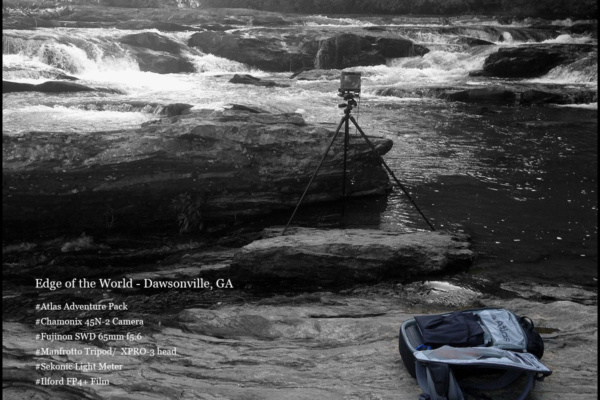
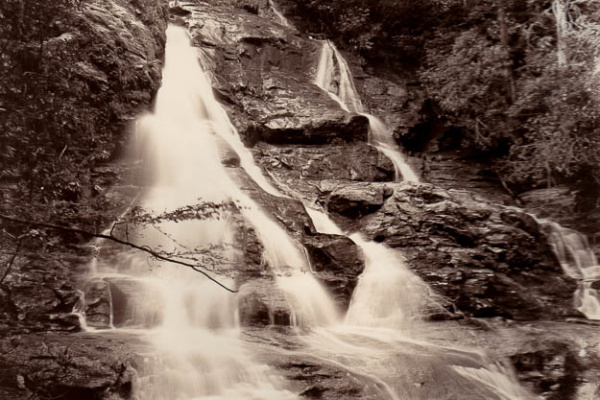
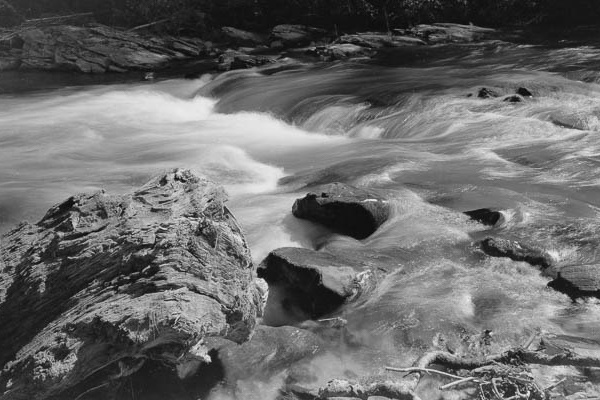
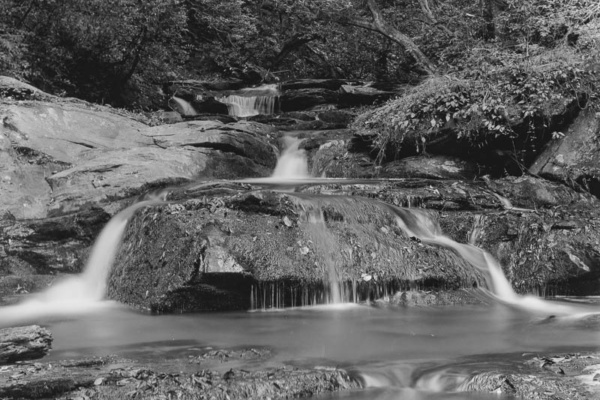
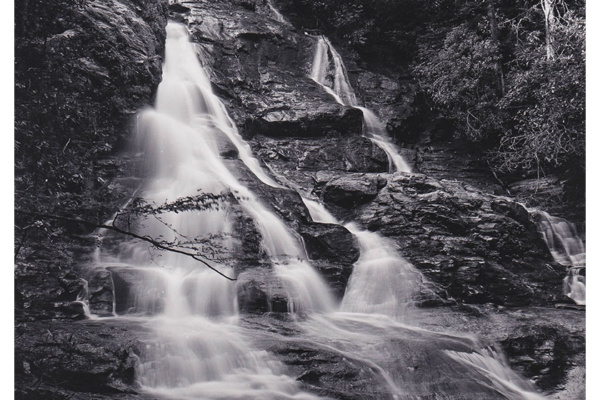
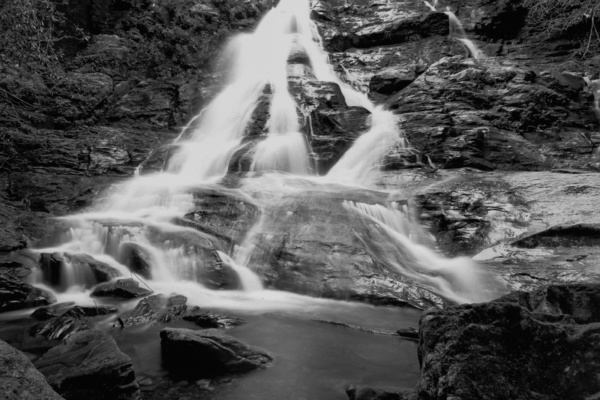
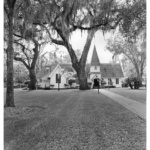 Spring Break 19 St. Simons Island and Jekyll Island
Spring Break 19 St. Simons Island and Jekyll Island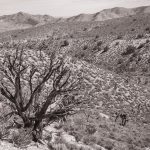 Mt. Charleston Loop Nevada
Mt. Charleston Loop Nevada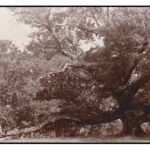 Salt Print First Attempt
Salt Print First Attempt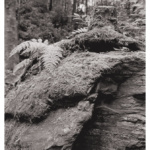 The Stump on a Rock
The Stump on a Rock